What looks like a Leica T, has a full-frame sensor, takes Leica M lenses, has very simple controls and sports a hybrid rangefinder EVF? If you think this is the upcoming Leica M240 Mark II you would be wrong. This paragon, which has the sort of specification Leica fans have been asking for, is called the Konost. It appears to press all the right buttons for the rangefinder enthusiast; it even sports the simplicity of Leica’s suck-it-and-see M60 Edition.
Looks good on paper
Looking at the paper specification and seeing the photographs, there isn’t much not to like about the Konost. As far as I can tell, the Konost startup is possibly based in the USA and consists of a team of engineers and designers who are “passionate about photography”. The team is headed by Bob Lian, Ameya Vaidya and Allen Jiang. I’ve seen reports that the prototype camera, shown here, was made in Taiwan.
The team is certainly not lacking in ambition, as you can tell from the specifications table below. In addition to the Konost FF with its full-frame 20Mp sensor, the future lineup includes the Konost AP with an APS-C sensor and the Konost Junior, a fixed-lens 1in-sensor model. According to the web site there will be an FF “development kit” in mid 2015, with the FF starting development in early 2016. The AP will start its gestation period at the same time while the Junior will be on the stocks from late this year.
When and if it arrives, the Konost FF will boast an aluminium alloy body, an M-mount coupled rangefinder, spot average exposure, a maximum shutter speed of 1/4000s and an electronic display option for the viewfinder. It reads something like the M owner’s shopping list, with simplicity seen as a major benefit. Look, Ma, no video button!
Not for the faint hearted
Designing and producing a new camera from scratch, especially one with a complex rangefinder mechanism, isn’t for the faint hearted. Yet if Konost (which apparently means “simple and pure” but I am not sure in which language, help needed) succeeds, the cat will be well and truly among the pigeons of Wetzlar. Meanwhile, Bob explains the background to the development of the new cameras:
Rangefinder cameras were the quintessential cameras of the 30s to the 70s, before the domination of SLRs. Popularized by Kodak, Contax, Leica, and Nikon, 35mm rangefinder cameras were the workhorse of photojournalism, used in World War II, the Korean War, and in other significant parts of the US History.
With modern technology such as autofocus and image processing, rangefinder cameras today exist primarily among hobbyists and film enthusiasts who continue to enjoy such method of taking photographs.
At Konost, we believe that such art form should not be forgotten. Using a manual rangefinder camera forces the user to take time to think and compose before taking a shot, instead of clicking away at hundred different pictures and picking the right one on a computer. Such experience is mesmerizing but has been forgotten in the digital era.
That said, the Konost camera is no puppy. With a 20.0 megapixel 35mm full-frame image sensor, the Konost camera delivers image quality on par with any modern camera. Our analogy is to think of it as driving a 800hp manual Ferrari.
There is only a handful of digital rangefinder cameras on the market today, a domination held by Leica Cameras. The Konost camera is unique in that instead of using rotating mirrors and prisms in the rangefinder mechanism, it uses a secondary image sensor and image processing algorithms to display the rangefinder patch in the viewfinder. This allows the camera to be all-digital, decreasing manufacturing costs, and does not require high maintenance or re-calibration.
Rangefinder
I like the design and the appearance of the Konost FF and I also welcome the possibility of an effective fusion between range-finder capabilities and an electronic image. However, the emphasis on a secondary image sensor, rather than “rotating mirrors and prisms” to create the rangefinder experience is a little worrying. Fuji, with the X-Pro 1 and X100T, is the only company to have attempted this conjuring trick, even though the cameras lack true rangefinder capabilities. The question is whether or not the Konost interpretation will be any better and will be able to approach the excellence of the mechanical rangefinder. Purists will not be fobbed off.
The Konost team will require a great deal of funding as development progresses. And, as we all know, this is a specialist and rather pernickety area of endeavour. They deserve our best wishes.
The Konost roadmap: Some map, some road

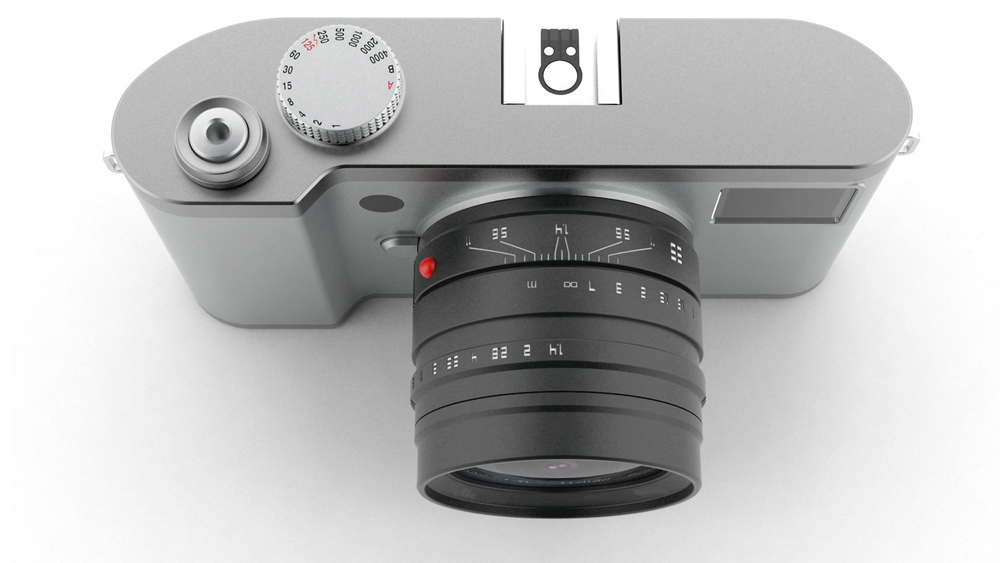
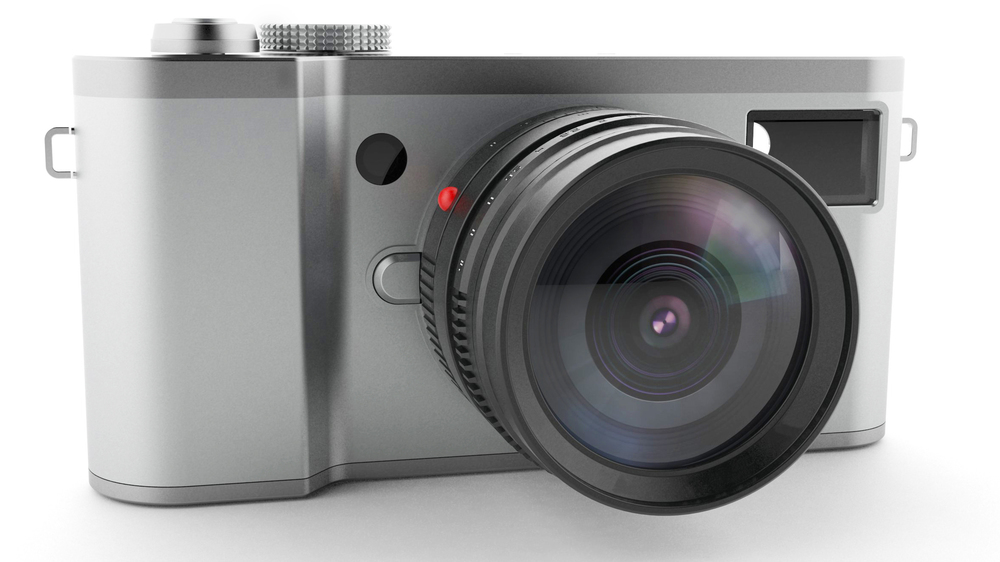
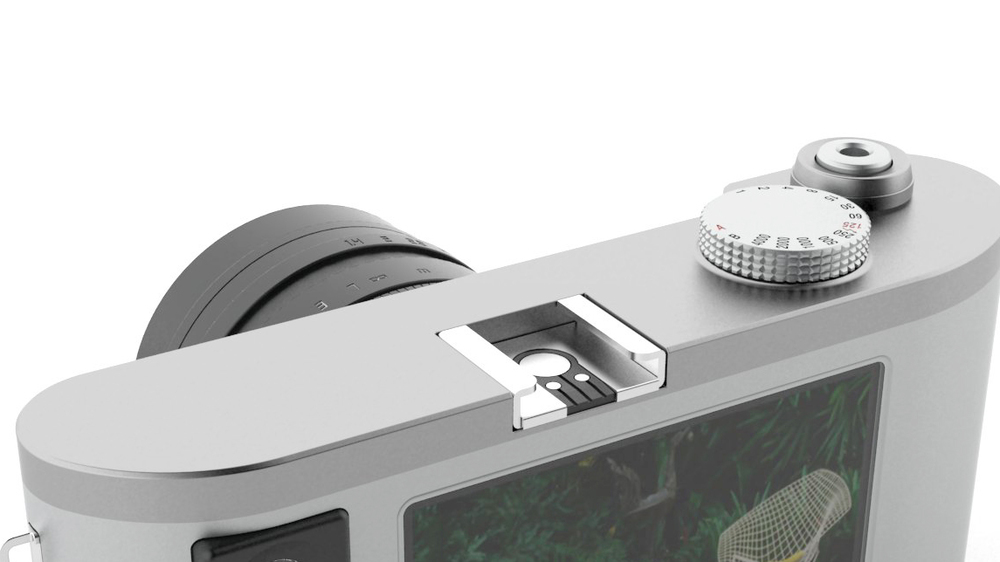
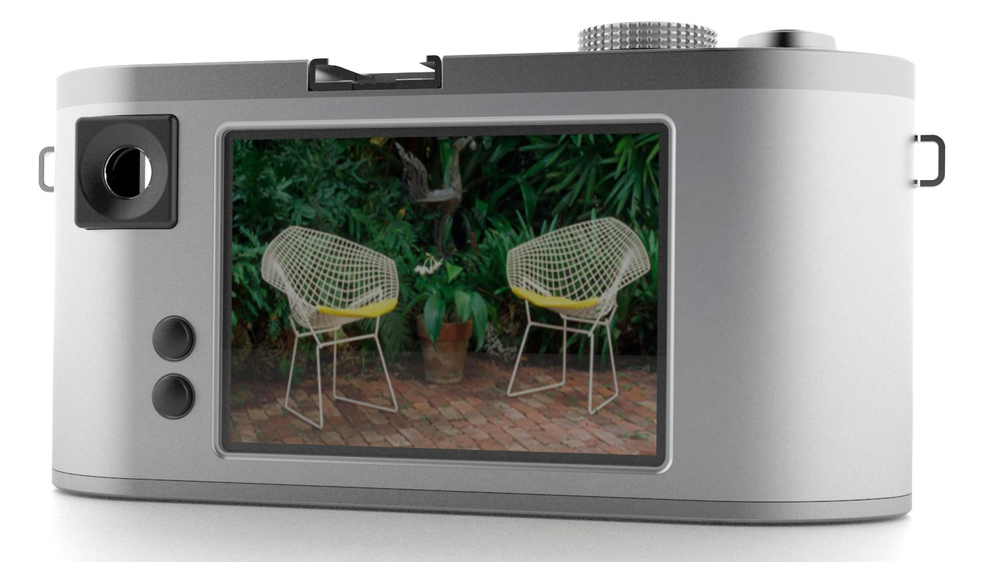
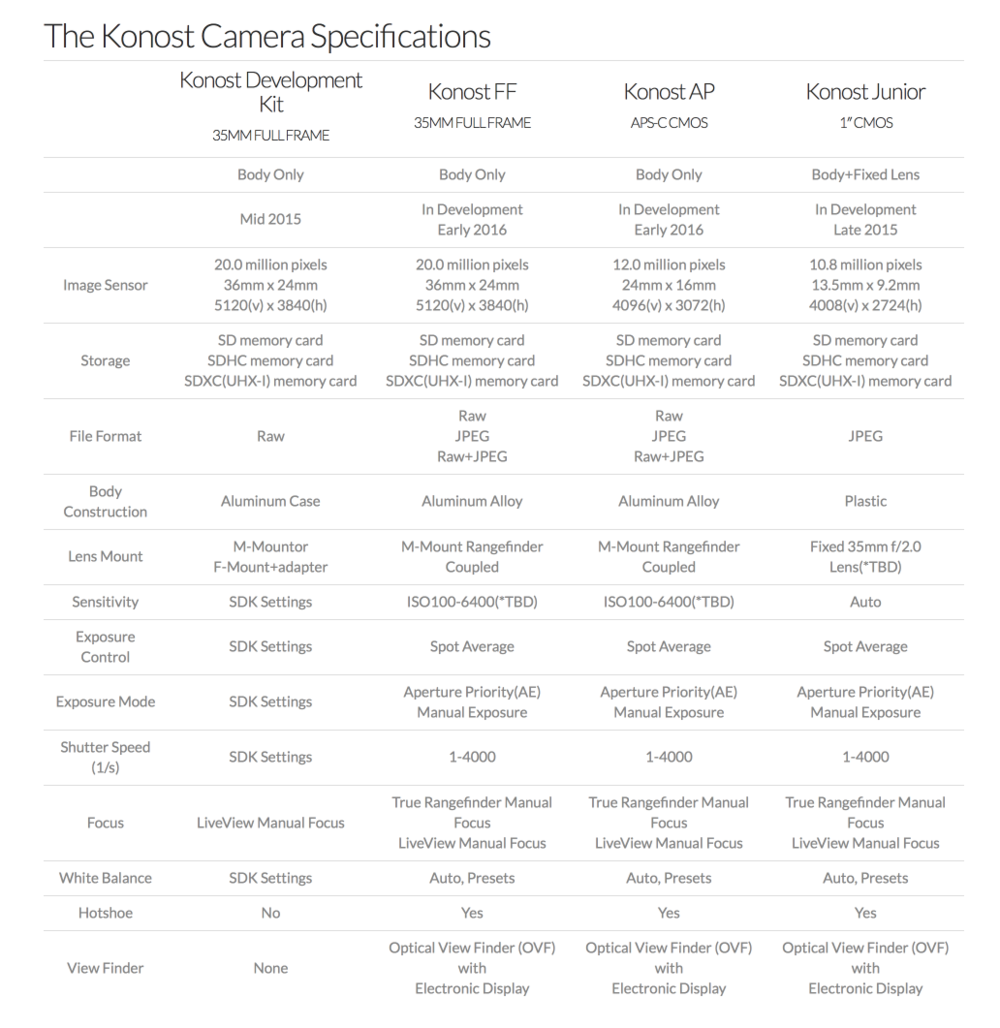
I can’t believe how this copy of other companies’ design can be praised…
Mike
Most interesting. I wish the Konost luck. It is a brave project. But as we’ve seen, even Leica (with resources which are admittedly tiny compared to the Japanese) produce some flaky products. Konost’s resources must be smaller still.
For example, my own M-P, probably to be regarded as the current state of the digital rangefinder art, has been a bit recalcitrant this week in Berlin, it’s first big adventure.
Added to that, for some at least,the Konost has one thing missing. A red dot or a five letter name in curly script.
Regards
John
This very true. We shall have to wait and see. But the concept is interesting–a full range of three complementary models. It sounds ambitious but the team seem to have the eloquence and commitment to see it through.